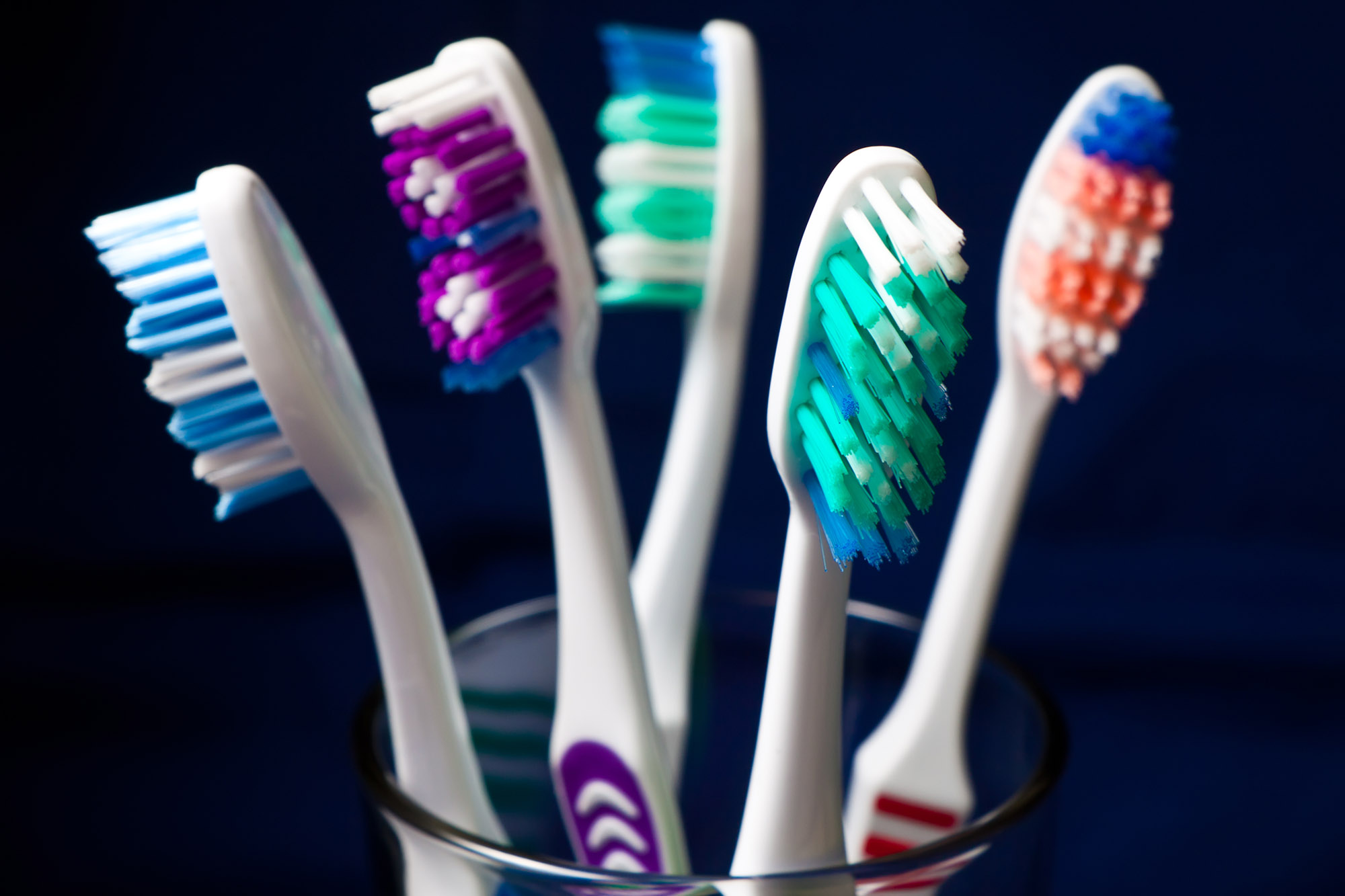A toothbrush is a small tool with a big job. It removes plaque, prevents tartar buildup, reduces the risk of gum disease and helps keep your breath fresh. But if you’ve wandered down the toothbrush aisle lately, the choices can be overwhelming.
Here are some tips for finding the ideal brush:
Bigger isn’t always better. Choose a toothbrush with a head that is small enough to reach your back molars.
Go soft. Harder bristles are not better at removing plaque. If fact, rigid bristles do not bend enough to get between teeth or under the gum line. And hard bristles can harm your gums. We aren’t even sure why hard bristle toothbrushes are made! So choose a toothbrush with soft bristles.
Ignore bristle design. No research shows bristle length or design makes any difference. Instead, make sure you brush your teeth for at least two minutes.
Consider electric. An electric toothbrush with a rotating head is better at reducing gum disease and removing plaque than a regular brush. It’s no secret since your dental hygienist uses a rotating head with your 6-month cleanings. Even better, many electric brushes offer a timer to make that 2 minute brushing even easier to achieve!
Replace often. Get a new toothbrush every 3-4 months and after you’ve had a cold or flu bug.


